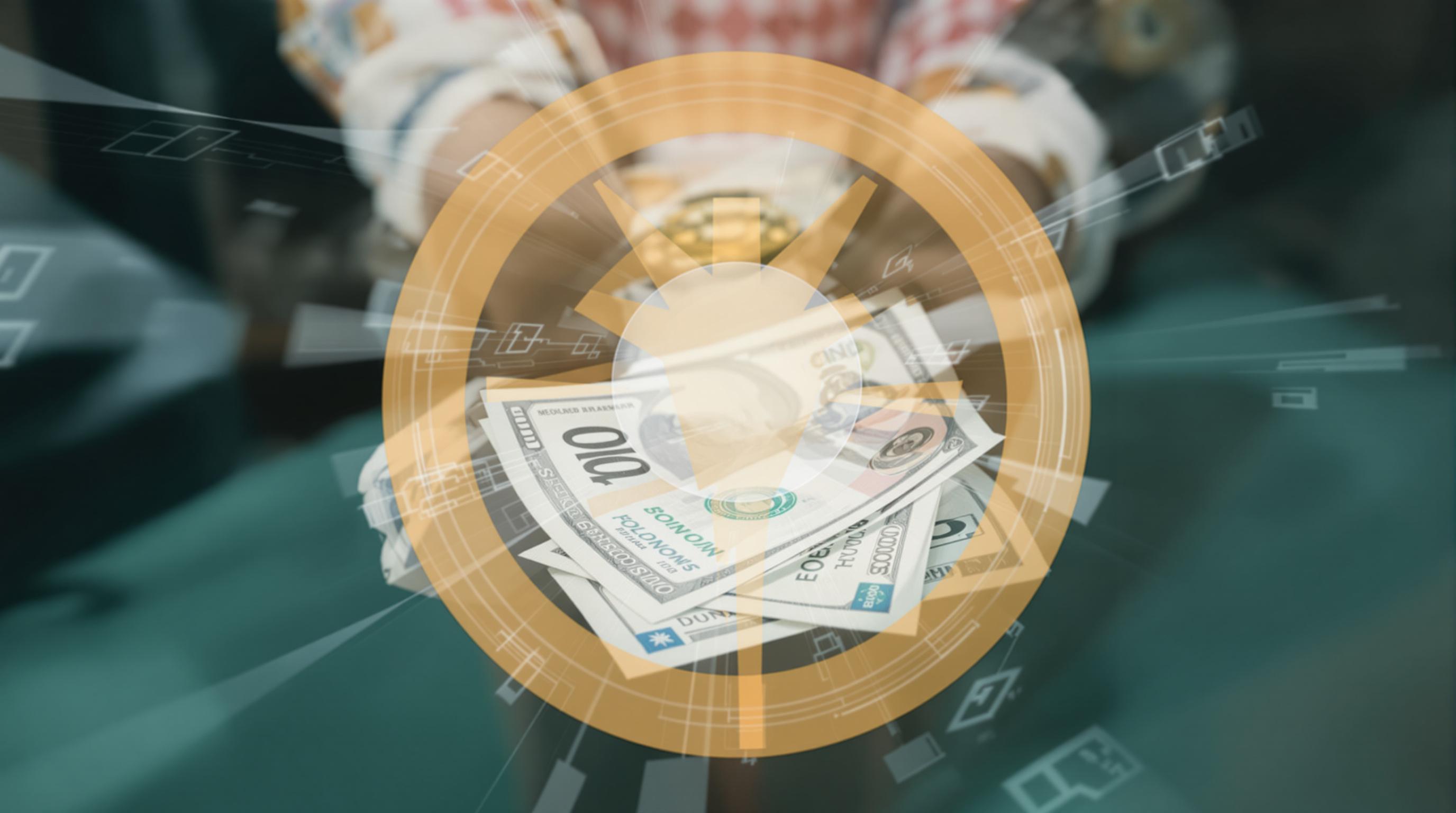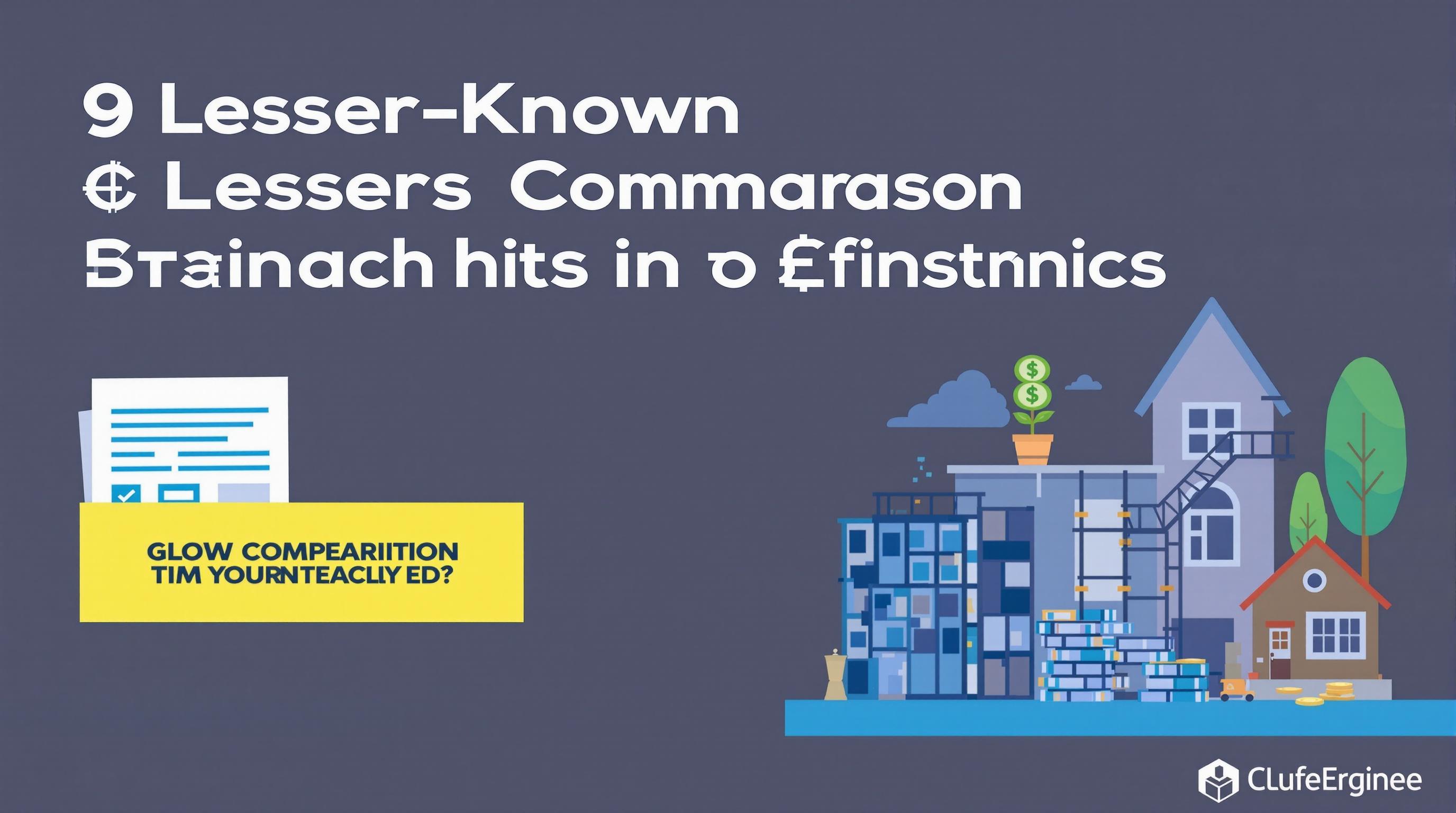Related Articles
- Top 6 Niche Credit Cards from the Past Five Years That Exploit Unseen Reward Loopholes
- Unmasking the Silent Influence of Social Media Challenges on Long-Term Financial Behavior and Credit Recovery
- How Microcredit Dynamics in Remote Communities Are Redefining Access and Trust Beyond Traditional Credit Metrics
- How Cultural Attitudes Shape Collective Borrowing Habits and Their Impact on Financial Unification Strategies
- Top 5 Under-the-Radar Digital Loan Services Launched Since 2019 That Are Disrupting Traditional Borrowing Norms
- Top 6 Cutting-Edge Financial Wellness Platforms Redefining Debt Recovery Tools Released Since 2019
Top 5 Under-the-Radar Digital Loan Services Launched Since 2019 That Are Disrupting Traditional Borrowing Norms
Top 5 Under-the-Radar Digital Loan Services Launched Since 2019 That Are Disrupting Traditional Borrowing Norms
Since 2019, a wave of innovative digital loan services has quietly transformed how consumers access credit, challenging traditional banks and financial institutions. This article explores the top five such platforms, highlighting their unique approaches and the disruptive impact they have on borrowing norms.
Permiso: Empowering the Underbanked with Inclusive Credit Access
Imagine a service that offers credit to those traditionally overlooked by mainstream banks. Permiso, launched in 2020, specifically targets underbanked, Hispanic consumers, utilizing alternative data like bill payments and remittance history to build credit profiles. Its approach is proving revolutionary—according to a 2023 report by the Center for Financial Inclusion, 63% of its users had no prior credit history, yet 85% reported improved financial well-being after six months on the platform.
During a recent interview, Maria Gonzalez, a small business owner in Texas, shared how Permiso provided her with a $2,000 loan that helped sustain her storefront during the pandemic closures. This grassroots impact underscores the service's mission to dismantle barriers to borrowing.
Kiva’s Digital Leap: Microloans with a Personal Touch
Shifting gears to a more communal and humanitarian perspective, Kiva has long been a pioneer in microfinance, but its robust digital transformation since 2019 has expanded its reach enormously. With more than 3 million loans funded globally totaling over $1.5 billion, Kiva’s platform connects individual lenders to borrowers in low-income brackets.
What sets Kiva apart is its "crowdfunded microloan" model, which democratizes lending by allowing anyone to contribute small amounts toward a borrower's goal. This model fosters a sense of global solidarity not seen in typical financial institutions. In fact, a 2022 Kiva impact study noted a 78% success rate in loan repayments, showcasing the viability of trust-based lending online.
A Casual Chat with Tala: Convenience Meets Financial Inclusion
“Getting a loan used to be a nightmare; now it’s just a tap away,” says Jenna, a 28-year-old freelancer from Nairobi who recently used Tala, a mobile-first lending app launched in the U.S. and East Africa in 2019. Tala uses smartphone data—like text message patterns and app usage—to assess creditworthiness, bypassing the need for traditional credit scores.
This casual, user-friendly vibe has endeared Tala to tech-savvy millennials and Gen Zers alike. The company reports approving loans within minutes, a stark contrast to the lengthy waits typical of bank loans. Their innovative risk algorithms have led to default rates lower than many conventional lenders, illustrating how digital transformation can equalize opportunities.
Figure 1: Loan Approval Times Comparison
(Source: FinTech Analytics, 2023)
- Traditional Banks: 5-30 days
- Tala: Under 10 minutes
The Rise of Upgrade: More than Just a Loan
To borrow is human; to repay, often less so. Upgrade has taken an unusual but effective route by combining personal loans with credit monitoring and educational tools since its launch in 2019. This all-in-one approach encourages responsible borrowing by keeping users informed about their financial health.
Studies indicate that borrowers using Upgrade’s financial literacy tools reduce their default rates by 20%, highlighting the potential of combining credit with education. For example, Bailey, a 34-year-old teacher from Chicago, shared how Upgrade’s free credit report helped her avoid a common pitfall: overextending credit card debt.
The Humorous Side of Digital Loans: Avant’s “Swipe and Borrow” Feature
When it comes to personality, Avant, established in 2019 as a digital consumer lender, injects a much-needed dash of humor into an otherwise serious industry. Their "Swipe and Borrow" feature, marketed with cheeky ads like “Swipe right on your loan—commitment issues, welcome!”, appeals to younger consumers hesitant about traditional debt.
With loan amounts ranging up to $35,000 and rapid approval processes, Avant makes borrowing feel less intimidating. Their marketing analytics report a 25% increase in new accounts attributable to campaign humor, proving that a smile may be just what’s needed in financial services.
Disrupting Banking’s Old Guard: A Summary of Innovation
Across the board, these five digital loan services are pushing boundaries by leveraging technology, alternative data, and consumer-centric approaches. Whether it’s Permiso’s cultural inclusivity, Kiva’s social lending network, Tala’s data-driven credit scoring, Upgrade’s educational integration, or Avant’s playful branding, the result is a seismic shift away from the opaque, lengthy loan processes of yesteryear.
By 2024, market analysts expect digital lending platforms to constitute over 35% of all personal loan originations in the United States alone, signaling the growing appetite for these under-the-radar disruptors (American Bankers Association, 2023).
Case Study: How Digital Lending Helped Small Businesses During COVID-19
A 2021 report by the Small Business Administration highlighted how platforms like Permiso and Upgrade expedited loans to minority-owned businesses, accelerating access to vital capital when traditional banks faltered under the pressure of demand. This rapid response was crucial in preserving thousands of jobs and maintaining economic stability within vulnerable communities.
Final Thoughts: The Future Looks Digital and Democratic
As an enthusiast of both technology and social progress—currently my 39th year on this earth—I’m energized by the possibilities these digital loan services present. No longer must borrowing be a fortress guarded by arcane requirements and impersonal algorithms.
Instead, these platforms reflect a democratic ethos: open access, transparency, and fairness. Whether you’re 16 just starting to build credit or 70 navigating retirement income, these innovative options promise a fair shot at financial support tailored to your reality.
In closing, embracing these under-the-radar digital loan services means embracing a new age of borrowing that’s smarter, faster, and kinder than ever before.




